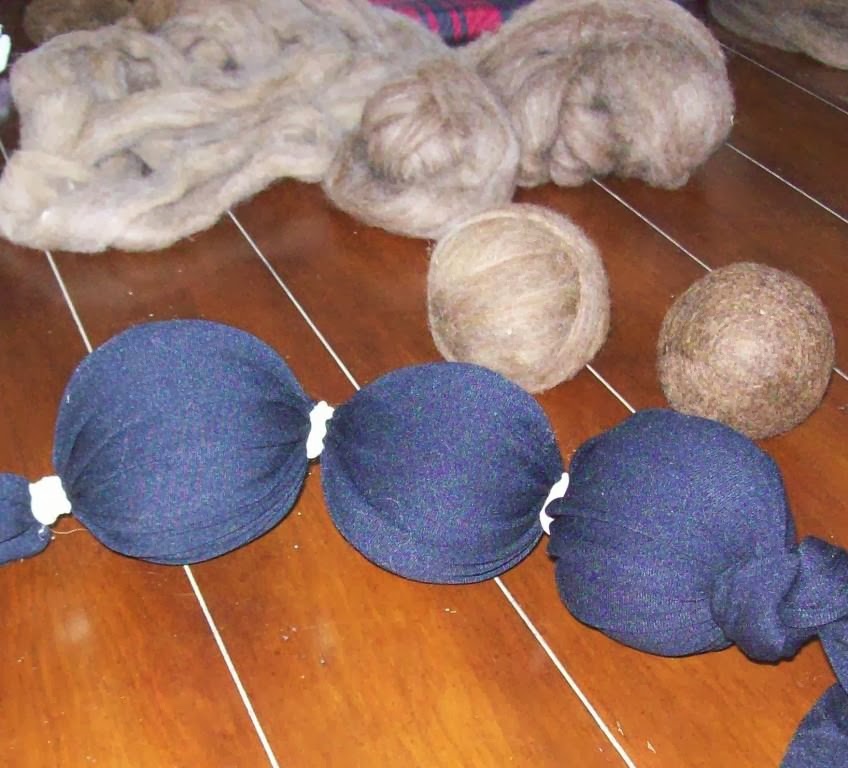I can almost hear those lips smacking...
Who can resist finger lickin, napkin grabbin, fall off the bone, sticky ole ribs?
All the talk of fabulous food bites for the upcoming Super Bowl got me motivated.
How about something that might, just might, draw the attention away from the big screen for a bit?
potato skins, chips & dip, wings...how about something different?
Today I'm sharing a recipe for the yummiest, easiest, most impressive little morsels...EVER
LAMB RIBS!
Think you don't like lamb? Think again. I have gained lamb lovers over this recipe time and time again. I'm convinced anyway, folks that think they don't like lamb have either had a bad preparation or an older sheep. If you consider yourself a foodie you need to give these a try. If you want to impress your guests, this will do it, I assure you.
Finding lamb ribs will not be an easy task. I would suggest you find a lamb vendor at a farmers market, they'll have them! Not only will they have them but lamb ribs are a very economical cut...double bonus! As is often the case buying direct from farmers, you'll have access to cuts of meat you'd never find in your box stores.
So enough discussion...Here's the recipe!
Lamb Ribs
ingredients: lamb ribs, spice rub, BBQ sauce
ingredients: lamb ribs, spice rub, BBQ sauce
Spice Rub lamb lends itself to so many flavor profiles, Asian with soy and ginger, Mediterranean with coriander and oregano, Mexican with cumin and chili...and always garlic! If your not feeling very creative Old Bay seasoning works great
your favorite BBQ sauce I like a honey/molasses/mustard based sauces but I usually create something that marries well with my rub. I'd recommend one of your ingredients be honey, molasses, syrup or even a jam you have sitting on the shelf. Again, if your not feeling too inspired, a store bought sauce will do. It is honestly hard to go wrong.
Remove as much fat as you can from the ribs.
Rub the ribs with dry rub and refrigerate over nite or at least 8 hours
First, we'll cook the meat. Remove ribs and place on a foil lined baking pan. Cover and bake at 250 degrees for 1.5 hours. Sometimes I place them on a rack and place about 1/4 inch any fruit juice (i.e cherry, cranberry, apple, blueberry, grape) in the bottom of the pan and follow the same cooking.
Next remove the cover and cook for another 1-1.5 hours.
At this point you could place the ribs on a grill but my oven method works great
Next, baste with your sauce every 10-15 minutes for the next hour.
Remove from oven.
Do you see the GOOEY?
Voila!
Too easy?
Remove from oven.
Do you see the GOOEY?
Voila!
Too easy?


















